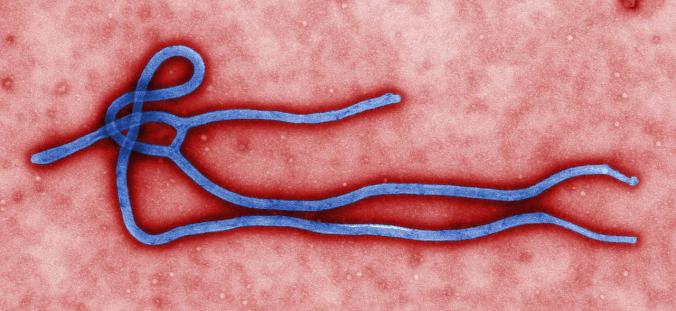The New York Times, February 27, 2015
The turquoise killifish lives in a fleeting world: the ponds that appear only during the rainy season in East Africa.
As a new pond forms, turquoise killifish eggs buried in the mud spring from suspended animation. The eggs hatch, and in just 40 days the fish grow to full size, about 2.5 inches. They feed, mate and lay eggs. By the time the ponds dry up, the fish are all dead.
Even when hobbyists pamper them in aquariums, turquoise killifish survive only a few months, making them among the shortest-lived vertebrates on Earth. So the turquoise killifish may not seem the best animal to study to discover the secrets of a long life.
